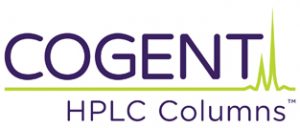There are several reasons.
First, isopropanol IPA is more viscous than most solvents and therefore produces a higher backpressure. As such, it limits the applicability of the method to lower flow rates and is therefore less useful. Second, there are generally few selectivity advantages to IPA. In a selectivity triangle with acetonitrile, methanol, and tetrahydrofuran TFA at the corners, one can generally use a combination of these solvents to achieve the same selectivity effect as IPA.
Nevertheless, IPA does have important uses in HPLC. It is very helpful for transitioning between reversed phase and organic normal phase because it is mutually miscible with both solvent systems. In addition, it is also effective as a wash solvent to remove highly retained contaminants from the column. This may be directly incorporated into the method, such as a wash step at the end of the gradient, or in a separate column cleaning step such as back flushing.


